The Tango is one of the most highly stylized ballroom dances. It is dramatic with measured crossing and flexing steps and poised pauses. Perhaps the main reason for its widespread popularity is that it is danced close to the partner.
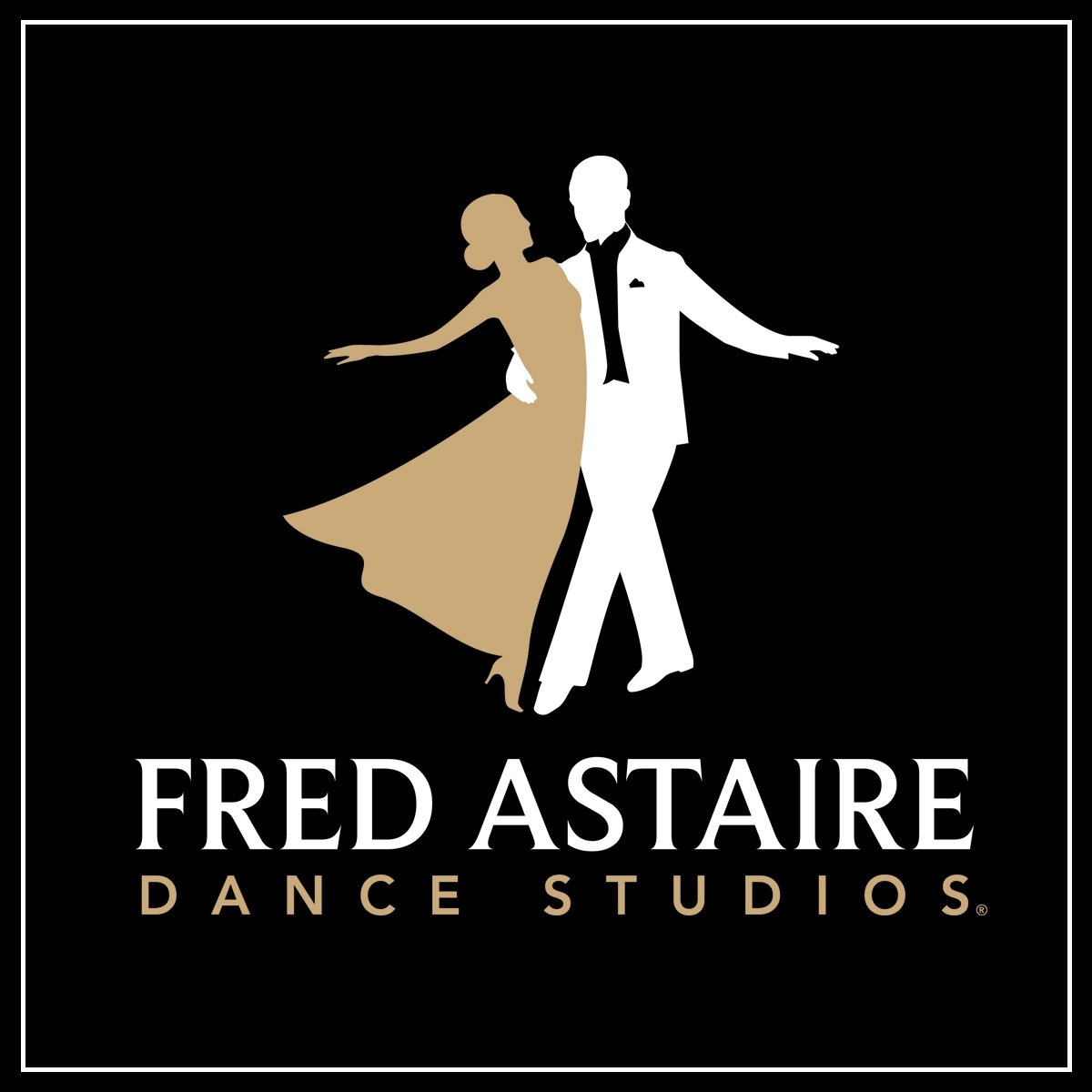
During the greatest period of the dance evolution in American history (1910-1914), the Tango made its first appearance. It was instantly a hit with the dance-conscious public for its intriguing, asymmetrical, and sophisticated patterns which added a touch of romance to the country’s dance consciousness.
The Tango has no clearly defined origin: it may have originated in Argentina, Brazil, Spain, or Mexico, but it clearly descended from an early Spanish folk dance, the Milonga, and bears traces of Moorish and Arabic ancestry. The Tango first came to be known as such, early in the 20th century in Argentina. It was danced, however, under various names throughout all of Latin America.
Years later, Argentine plainsmen or “gauchos,” danced a modified version of the Milonga in the bawdy cafes of Buenos Aires. Argentine and Cuban youth later changed the name (and style) to Tango which was more acceptable to society.
The Cubans danced it to habanera rhythms which were syncopated and obscured the basic Milonga rhythm. It was not until after it caught on in Paris and was re-introduced to Argentina, that the music was restored to its native style.
For over 60 years, the four beat Tango rhythm has endured and continued to enjoy popularity everywhere as the music is universal with many types of sub-styles. Of all the dances which came into being in the early 20th century, only the Tango has continued to enjoy this much popularity. The Tango is a progressive dance where the staccato movement of the feet and flexed knees highlight the dramatic style of the dance.
The Tango is one of the most highly stylized ballroom dances. It is dramatic with measured crossing and flexing steps and poised pauses. Perhaps the main reason for its widespread popularity is that it is danced close to the partner.
Take advantage of our special introductory offer for new students, and contact Fred Astaire Dance Studios today. We’ll help you take the first step towards a new and exciting lifestyle.
Ballroom dance can be enjoyed socially and in dance competitions, and is sometimes referred to as “partnership dancing”, because it is a type of dance that requires a dance partner.
Ballroom dancing originated in the 16th century from dances held in the royal courts. There’s also evidence of influence from folk dances of the era – for example, the Waltz began as an 18th century Austrian folk dance.
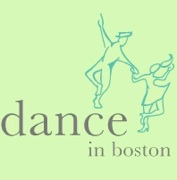
Want To Enter A Competition Or Just Learn A Few Basic Dance Steps, It Is Our Pleasure To Help You Become The Kind Of Dancer You Wish To Be.
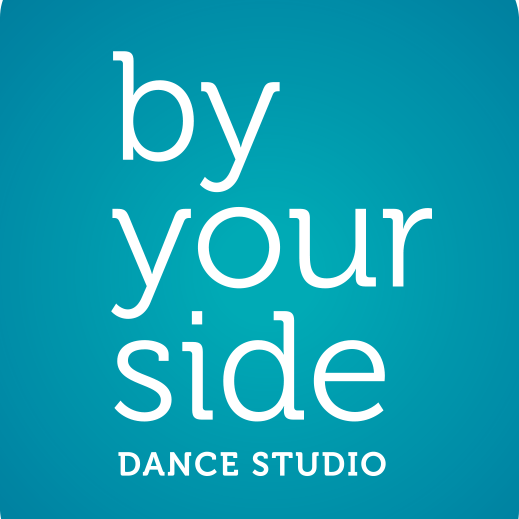
Tango Dance Course is Offered by By Your Side Dance Studio.
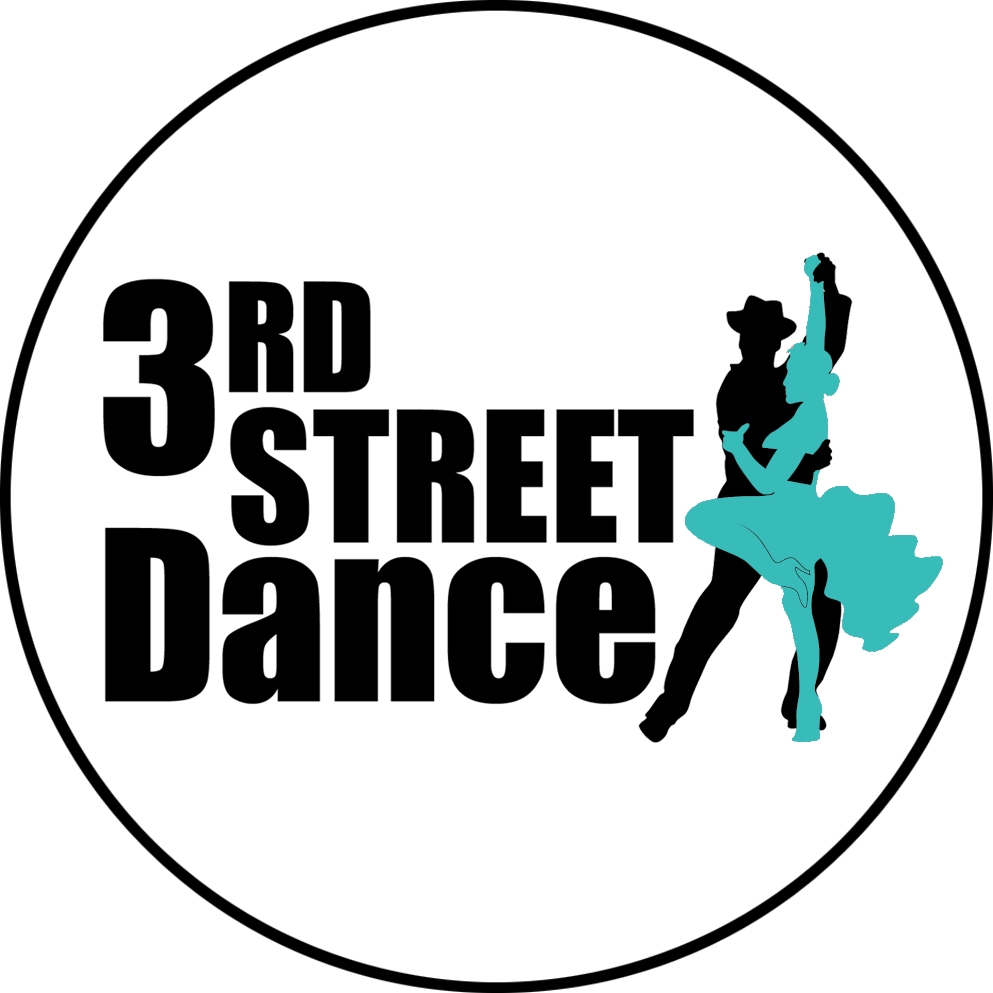
Argentine Tango Course is Offered by 3rd Street Dance.
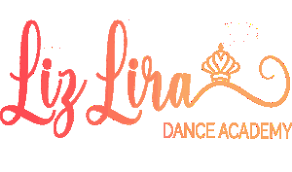
Beginners Tango Series Course is Offered by Liz Lira Dance Academy.

Ballroom tango is the most foolproof, easy to learn style of tango. This is the style of tango you'll dance when you're out dancing at an event where the dj plays a variety of music.
© 2025 coursetakers.com All Rights Reserved. Terms and Conditions of use | Privacy Policy